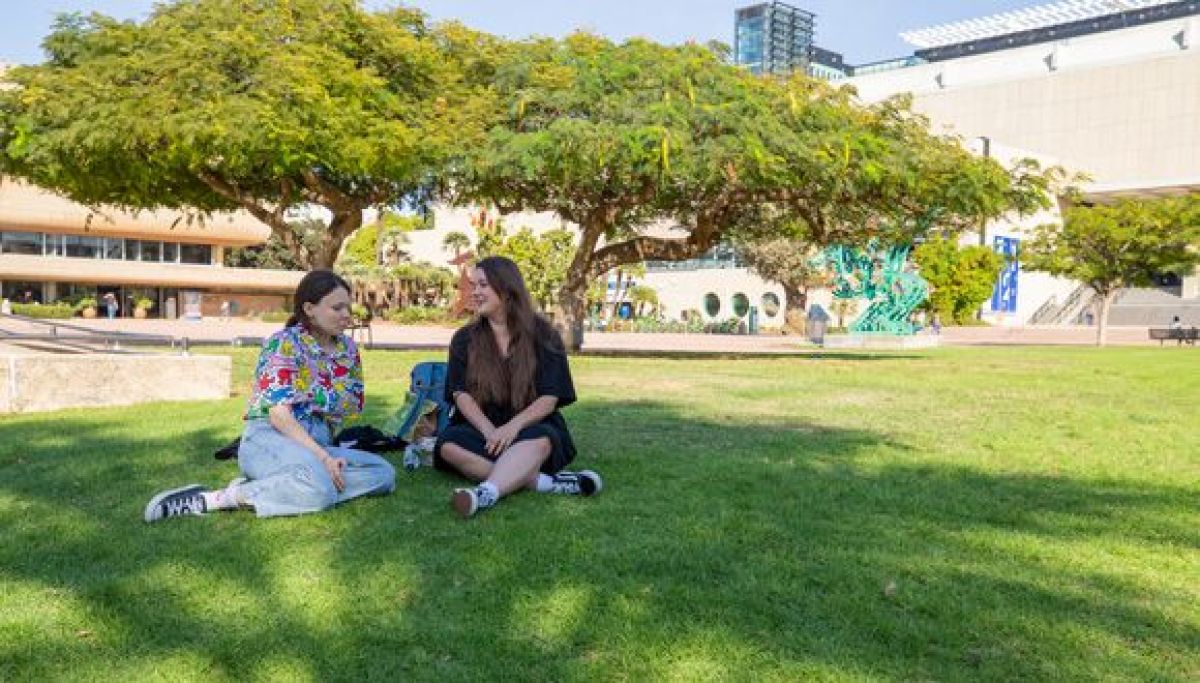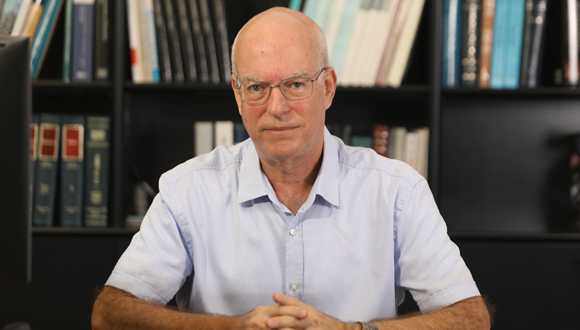TAU: First Israeli University to Launch Online MBA
Students can access competitive curriculum, ranked 13th globally, from anywhere in the world.
Would you like to study at a competitive international MBA program while traveling through Latin America or keeping a busy full-time job? Israel’s Council for Higher Education recently approved the Tel Aviv Online MBA program at the Coller School of Management at Tel Aviv University, marking the first time an Israeli university will offer this prestigious, in-demand format. The degree is freshly launched and requires no on-campus presence. Applications for the program’s first semester this spring are already accepted.
The Online MBA degree will be taught in English and target outstanding students from all over the globe who wish to enhance their education and professionalism in business management within the entrepreneurial context – a field in which the Coller School is a world leader (ranked 13th in the world by PitchBook in the category of producing entrepreneurs!). The program offers two specializations—one in technology & information management, another in marketing management, both with a focus on entrepreneurship.
A Global Arena for Israeli Academia
The Coller Online MBA is an important step in promoting online learning and enhancing the competitive standing of Israeli academia worldwide. “The program will make Israel’s academic knowledge accessible to the world. The Coller School’s strong international reputation enables us to compete globally with the world’s best business schools and will attract the finest foreign management talents to be trained here. In addition, we believe that the past year and a half, during which we all had to learn how to work remotely, will increase the demand for this form of teaching,” the Coller School of Management said in a statement.
All the residential MBA programs at the Coller School of Management are accredited by the Association to Advance Collegiate Schools of Business (AACSB), placing it among the top 9% of business schools worldwide. The Coller School is the first business school in Israel to be awarded Eduniversal’s 5 Palmes of Excellence, a prestigious ranking.
“We are very pleased that the program has been approved. It is a product of a strategic move that began two years ago, in which we gave a great deal of thought and effort to formulate the right ways for teaching our innovative content, while maintaining the high academic standards of the School’s existing programs,” said Prof. Dan Amiram, Vice Dean of the Coller School of Management.
“Via this program we wish to expand our global activities, adapting ourselves to the changing world and the dynamic, fast-developing job market. We identify a similar trend in the world’s leading universities, and aim to bring the quality and the knowledge of our outstanding researchers to the forefront of the international stage,” he said.
What’s the Deal?
The Online MBA is a two-year program, and students will be required to meet the Coller School’s high academic standards. Students will have the flexibility to study from anywhere in the world and earn their MBA while maintaining their current work schedule.
Students will be taught via high-quality digital courses produced according to top global standards, and developed using best practices in learning design and through strong collaboration between faculty lecturers, experts in modern technology and instructional designers. The learning experience will be interactive in nature, and includes video lectures, presentations, animations, discussion boards and other online elements. Lecturers will be available for questions and will hold synchronous lessons to monitor students’ progress and the learning process.
Those who are interested in getting to know Israel closely, will have the opportunity to join an optional 1.5-week campus residency, to experience the dynamic start-up nation and gain firsthand knowledge of the Israeli entrepreneurial ecosystem.





















